It is getting to be that time of year where we stumble out of our winter domiciles, shake off the funk of months of snowstorms and cabin fever, and look at our gardens, realizing that we have only a few weeks before our flowers and trees start blooming. You can almost see the soft layers of delicate Flowering Dogwood flowers and the bright pink sparkle of the Eastern Redbuds now. Imagine the bright white flowers of the Downy Serviceberry and the varieties of pinks and reds of the Flowering Crabapple trees. While we all know this time of the year is beautiful because of the trees, what we may not know is just how important those trees are to birds and wildlife. That is why I am putting together this short list of trees that grow in and that are native to Kentucky that provide food, shelter, or nesting sites for our resident songbirds and our beautiful migrants.
Eastern Red Cedar (Juniperus virginiana) - This juniper can grow to a height of 50 ft with a spread of 15-25 ft and grows in just about any soil but prefers limestone-derived soils, making it perfect for Kentucky. This tree is an early colonizer of fields where it soaks up sunlight with its scaly leaves. The bark is often reddish-brown and fibrous. These trees are dioecious, meaning male and female flowers bear on separate trees. You will need to plant several in close proximity to guarantee fertilization and thus a robust crop of fruits. This common tree produces blue berry-like cones which are present on trees almost year round. They are most important to birds in winter when they provide shelter from the elements and food. The Cedar Waxwing gets its namesake from this tree because they are so fond of the fruit. At least 53 other species of birds are known to eat its fruit.
Eastern White Pine (Pinus strobus) -This tall and compact pine is more common in the north, preferring cool and humid climates, but does grow in the eastern part of the state. It can get as tall as 100 ft. and has a spread of 20-25 ft. The leaves (needles) are in fascicles, meaning bundles, of five (rarely 3 or 4), with a deciduous sheath. They are flexible, bluish-green, and finely serrated. This tree provides food, shelter, and nesting sites for many birds. It is favored by Red Crossbills because of its seeds and by Carolina Chickadees, nuthatches, and woodpeckers because of its soft bark that makes excavating a nest hole quick and easy.
American Holly (Ilex opaca) - The evergreen foliage of the American Holly makes it a useful cover tree throughout the year. It can grow as tall as 50 ft. and spread to 20 ft. The leaves are alternate, broad, stiff, yellow green and dull matte to sub-shiny above. The edges are curved into several sharp, spike-like points, and a wedge-shaped base and acute apex. Another dioecious tree so be sure you plant several to ensure a good berry crop. The fruits are a bright red and are appealing to many species of birds. They are a real favorite of American Robins which descend on the trees in droves in the winter.
Oaks (Quercus spp.) - Oaks are the work horses of the tree world. They are beneficial to birds and other wildlife in every season. They provide nesting sites and acorns in the fall, which are relished by many birds. There are a variety of species to plant and any of them would be a superb addition to your backyard. Oaks grow to great heights but take several years to mature. Be sure to plant them in an area where there will be ample room for the tree to grow. In autumn the acorns fall, providing a bonanza of food for birds, perhaps enjoyed most by Blue Jays and Wild Turkey.
Black Tupelo (Nyssa sylvatica) - Otherwise known as the Black Gum, this tree can grow to a height of 60 feet with a spread of 30 feet. The leaf of Black Tupelo is variable in size and shape. It can be oval, elliptical or obovate, with entire, often wavy margins. The leaf turns purple in autumn, eventually becoming an intense bright scarlet. The fruit is a fleshy blue drupe which ripens as early as August and as late as October. It is favored by Wood Thrush, Northern Flicker, and Rose-breasted Grosbeak.



 11:40 PM
11:40 PM


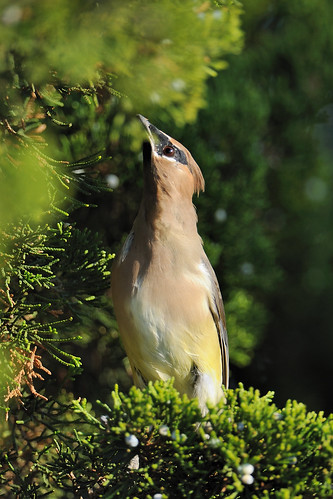
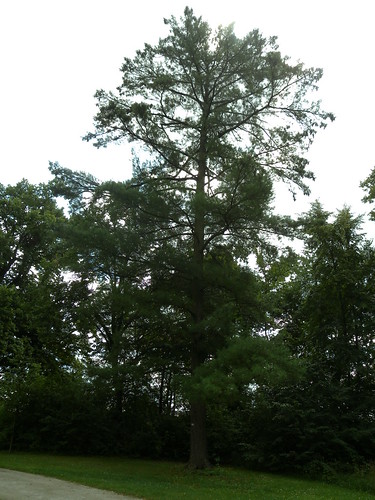
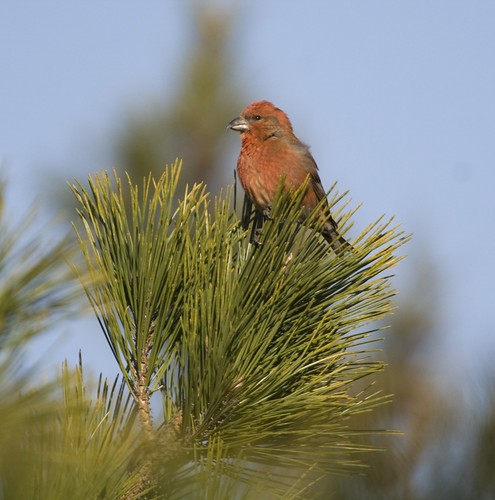
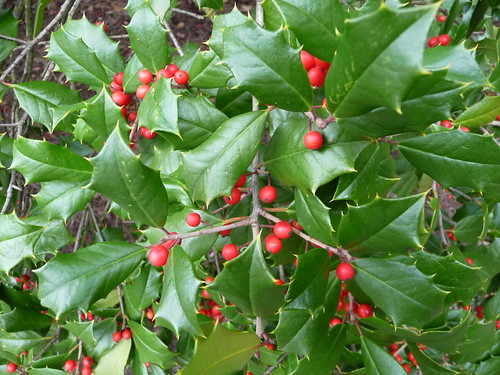
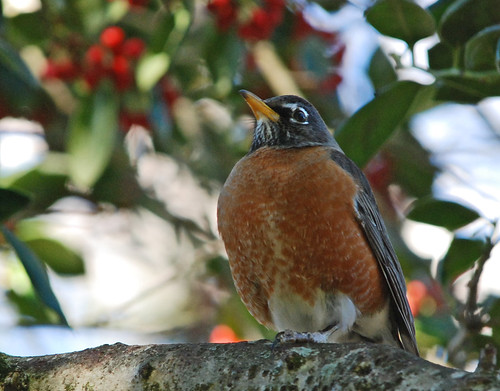
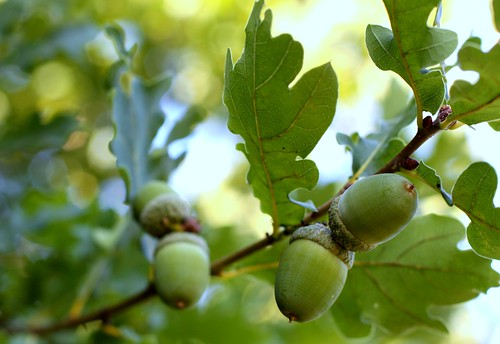
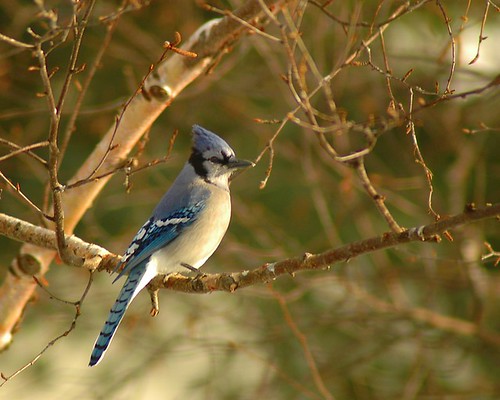
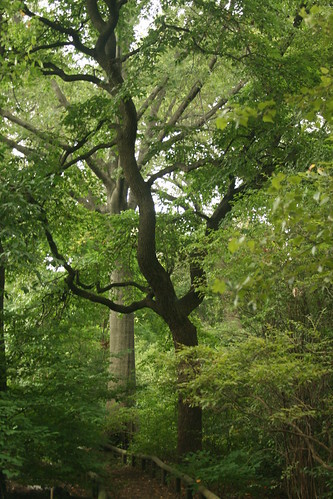

 Posted in:
Posted in: 




0 comments:
Post a Comment